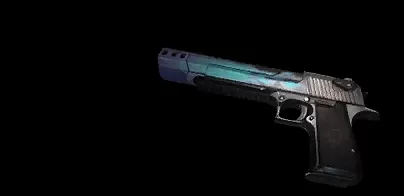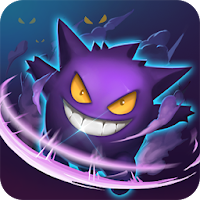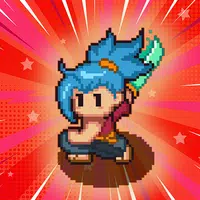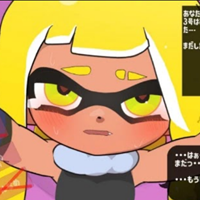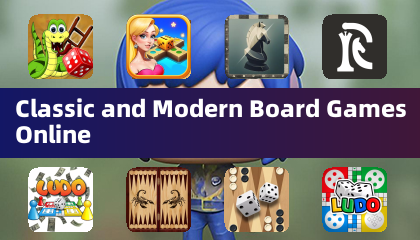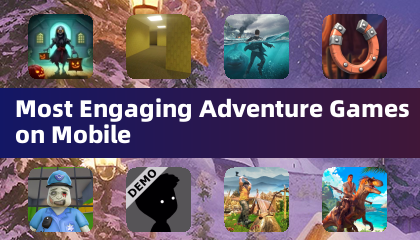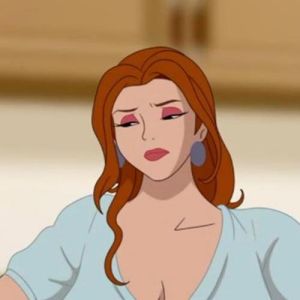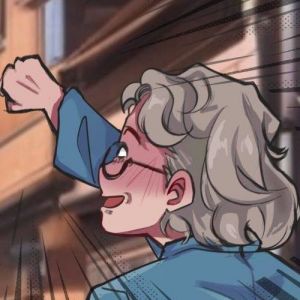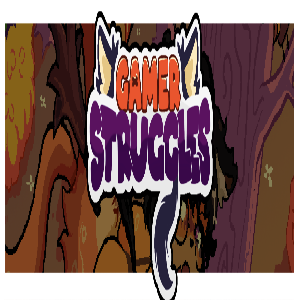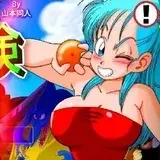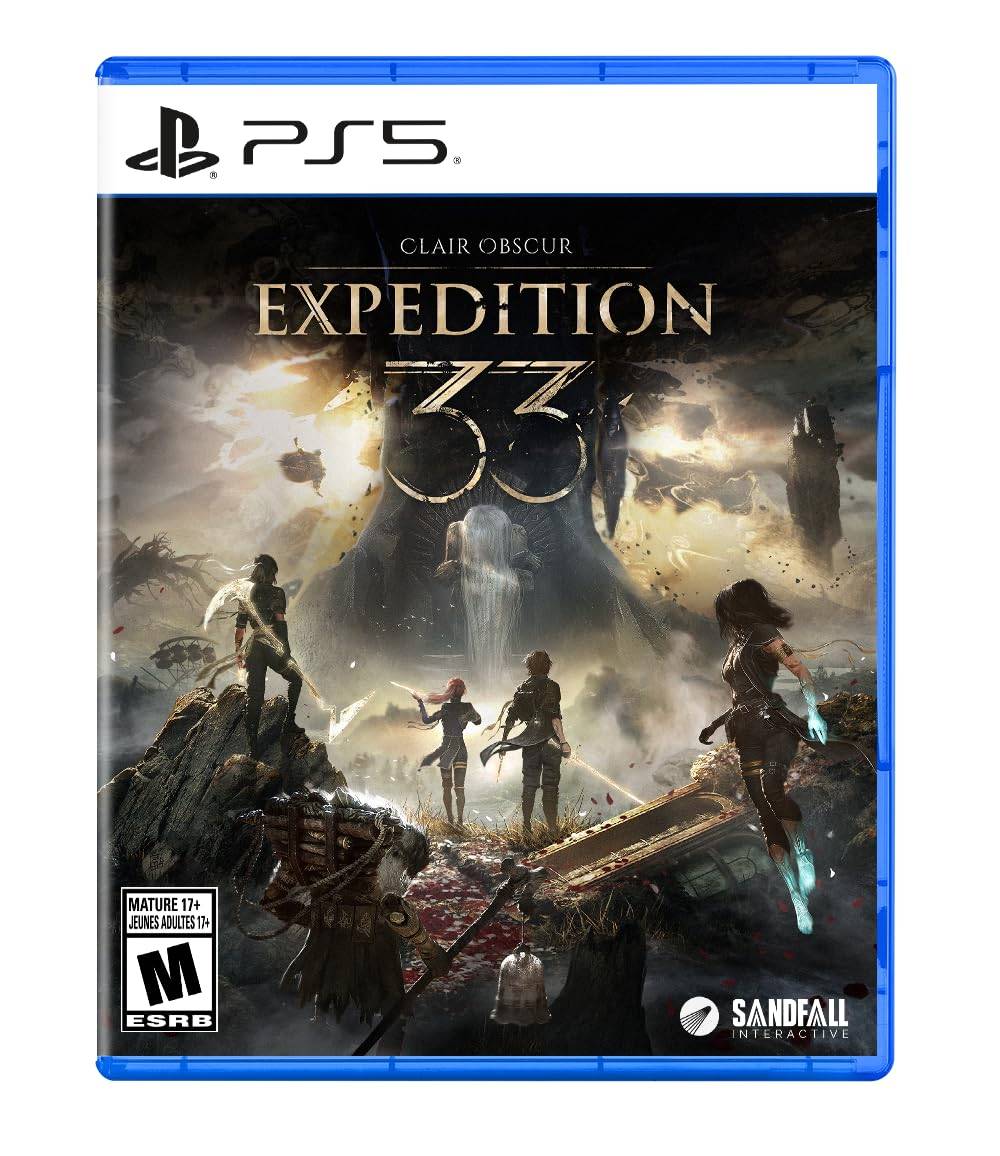In 2015, Don't Nod redefined interactive dramas with Life is Strange, a captivating adventure celebrating everyday moments, enduring friendships, and the passage of time. Players cherished its detail, its immersive world, and the tangible impact of their choices. While subsequent projects explored different genres, none recaptured that initial magic. Years later, Don't Nod returns to its roots with Lost Records, a coming-of-age story that transcends interactive cinema, offering a nostalgic ode to carefree youth and a perfectly crafted atmosphere.
With vivid characters and unpredictable choices, Lost Records captivates. It's a compelling narrative, expertly blending atmosphere and engaging gameplay mechanics.
Table of Contents
- Friends Reunite to Uncover Secrets from the Past After 27 Years
- Choices Still Impact Surroundings, Dialogues, and Relationships
- Bloom & Rage Creates Beautifully Imperfect Characters
- A Town Worth Dreaming About
- Slow-Paced Plot: The Defining Feature of the Story
Friends Reunite to Uncover Secrets from the Past After 27 Years
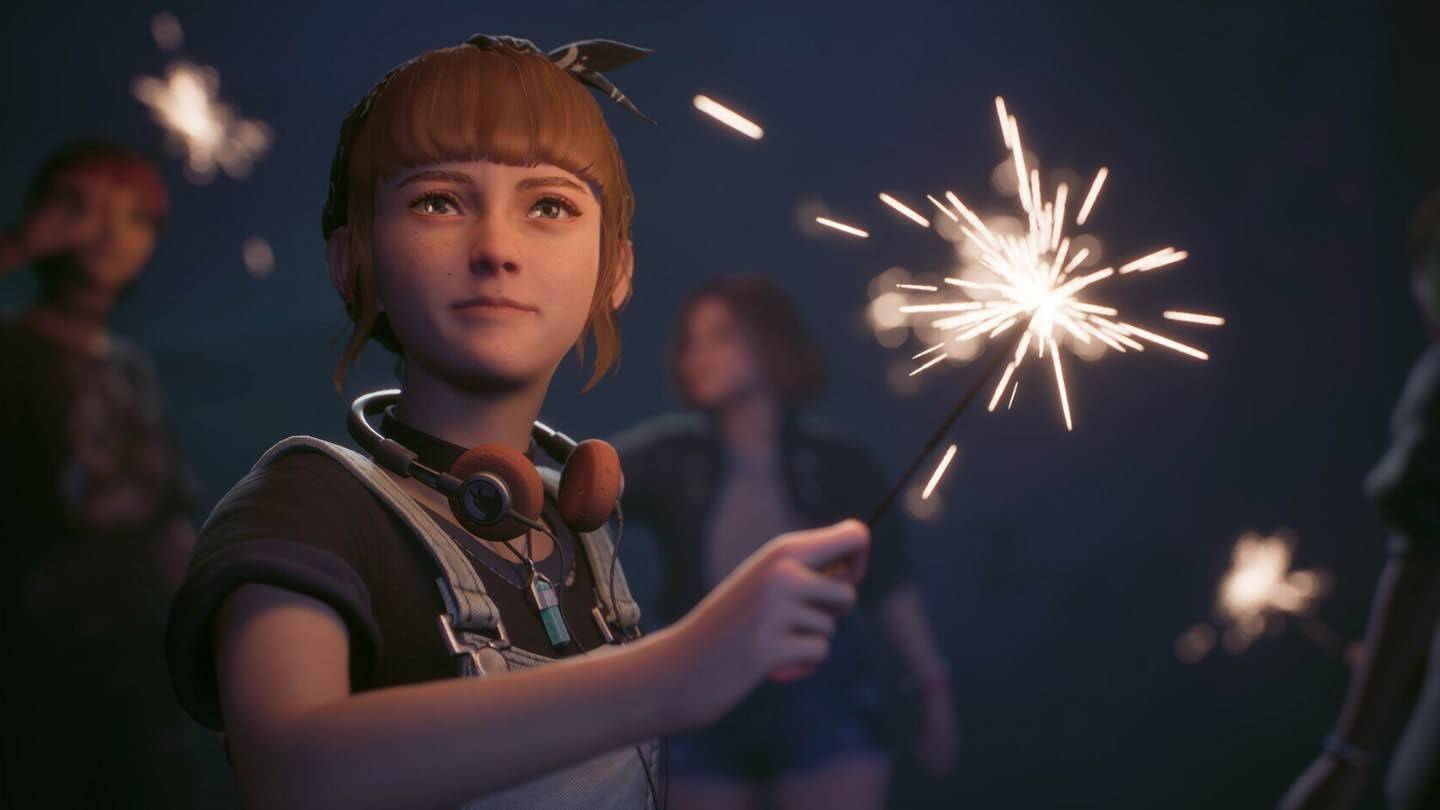
At the story's heart lies the reunion of four women, their friendship fractured 27 years prior. Protagonist Swan Holloway returns to her hometown, Velvet Bay, where a mysterious package from the past reignites their bond and unearths long-buried secrets. A forest, an abandoned house, and forgotten memories converge, creating a dreamlike atmosphere reminiscent of a summer night's reverie. The narrative unfolds across two timelines: 1995, a time of youthful exuberance, and 2022, where the women grapple with the lingering effects of a past trauma. The first-person camera perspective powerfully emphasizes this temporal shift.
However, the majority of gameplay occurs in 1995. Players explore vibrant locations, build relationships, and document events using a vintage HVS camera, a key mechanic mirroring Max Caulfield's photography in Life is Strange. Swan films everything: graffiti, wildlife, people, and even paranormal hints. This footage, accessible in a separate menu, can be edited into short films, categorized by theme, with Swan providing commentary. While these documentaries enrich the experience, they don't directly influence the plot.
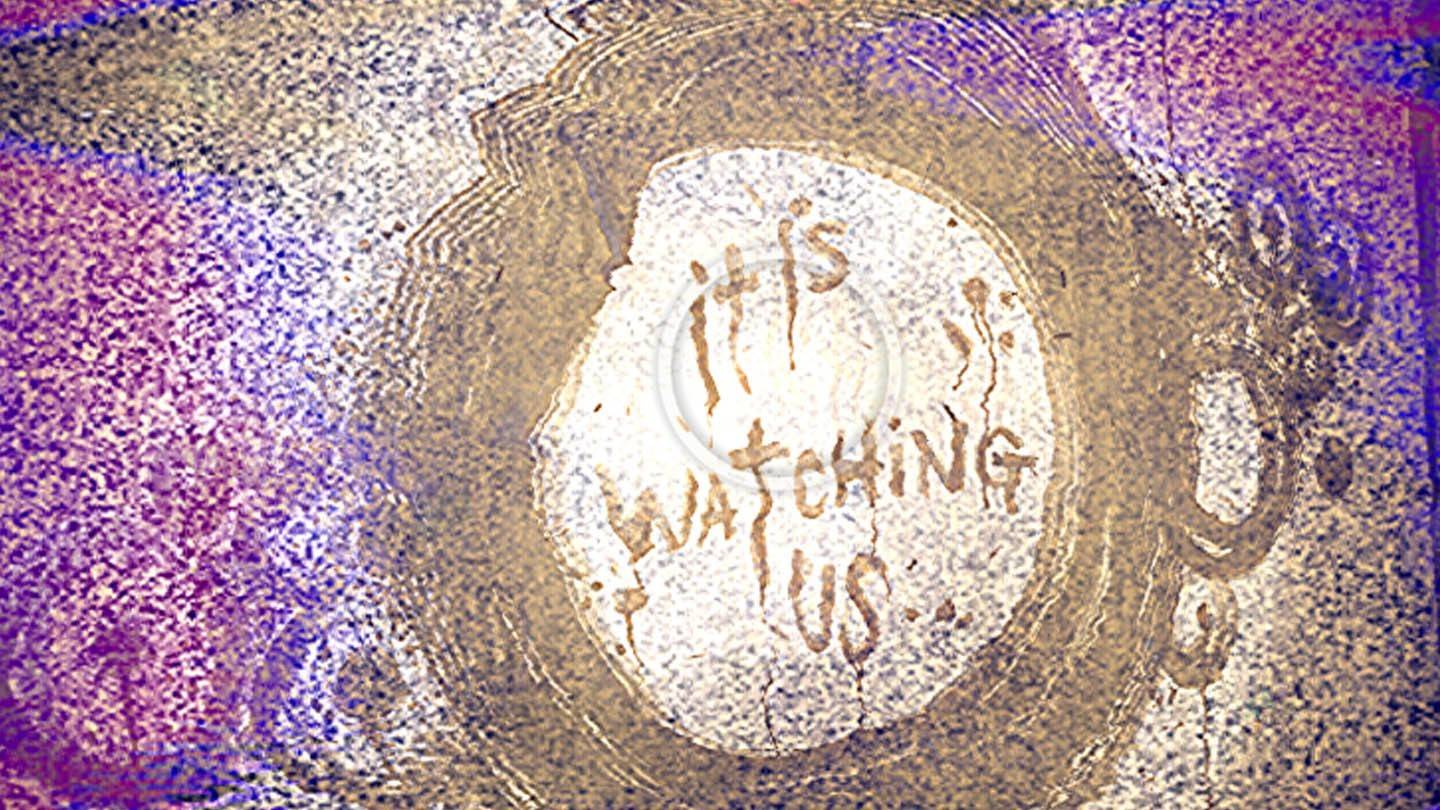
Crucially, player choices have lasting consequences, both subtle and significant. While the episodic nature and narrative structure currently limit long-term impacts, the impact of choices is still felt in the environment, dialogue, and relationships.
Choices Still Impact Surroundings, Dialogues, and Relationships
Lost Records showcases Don't Nod's signature interactivity and attention to detail. For example, Swan's desire for ice cream from a passing truck offers a choice: indulge her craving or prioritize other tasks. Delaying the purchase results in the truck leaving, subtly altering subsequent conversations.
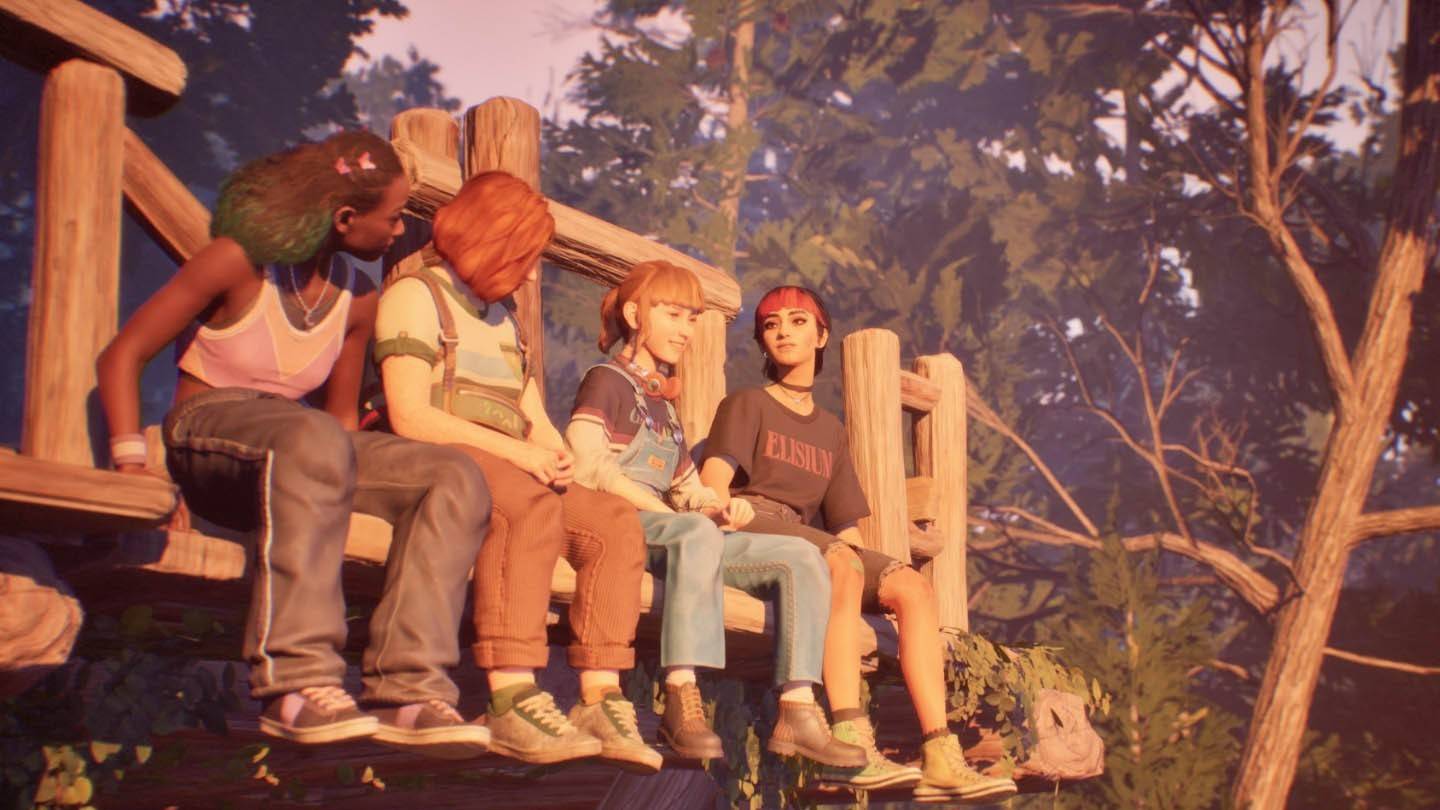
The dynamic world enhances the game's charm. Real-time dialogues, reminiscent of Oxenfree and Telltale games, feature interruptions, topic shifts, and the option of silence – sometimes a powerful choice in itself. Relationship building offers freedom; players aren't obligated to seek everyone's approval. Swan's inherent shyness allows players to shape her interactions and growth.
Bloom & Rage Creates Beautifully Imperfect Characters
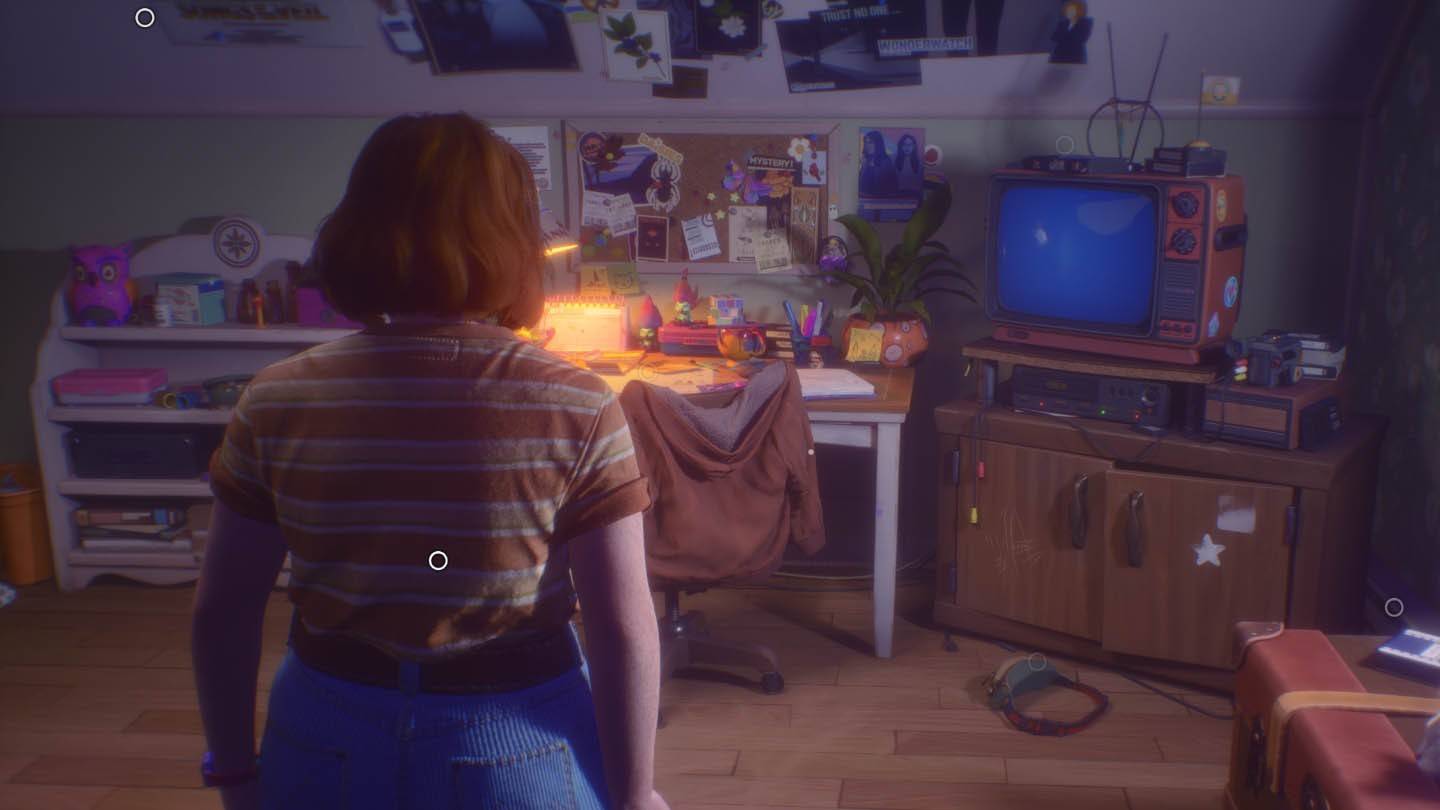
Don't Nod crafts authentic characters: loud, occasionally clumsy in their youthful idealism, yet deeply sincere. Swan, a relatable 16-year-old, is self-conscious, cautious, and finds solace behind her camera. While echoing Max Caulfield's passion for her hobby, Swan avoids feeling like a mere rehash. Her friends—Ottem, Kate, and Nora—embody familiar archetypes but transcend them, showcasing surprising depth and complexity.
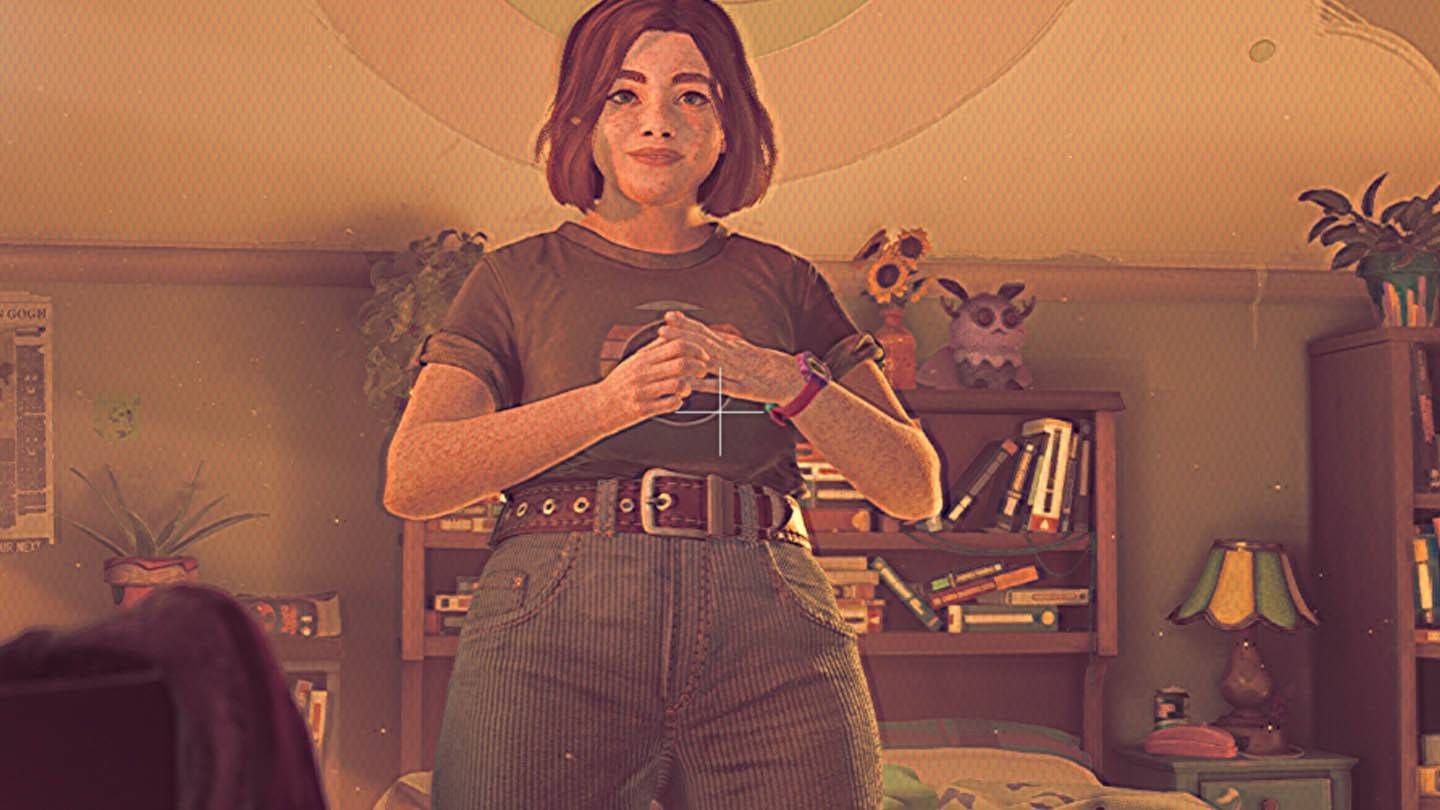
These characters evoke the familiar feelings of teenage self-discovery, regardless of the player's age. Lost Records is a journey through time, revisiting the spirit of the 90s and the emotional landscape of adolescence.
A Town Worth Dreaming About
Nostalgia permeates every aspect, particularly Swan's room, a treasure trove of 90s artifacts: a bulky TV, floppy disks, Tamagotchis, and more. The abundance of pop culture references—from films (Sabrina, The X-Files, Tank Girl) to video games (Oxenfree, Night in the Woods, Life is Strange) and music (Nine Inch Nails, Nirvana)—creates an immersive and nostalgic atmosphere. The game’s soundtrack, featuring dream-pop and indie-rock, perfectly complements this setting.
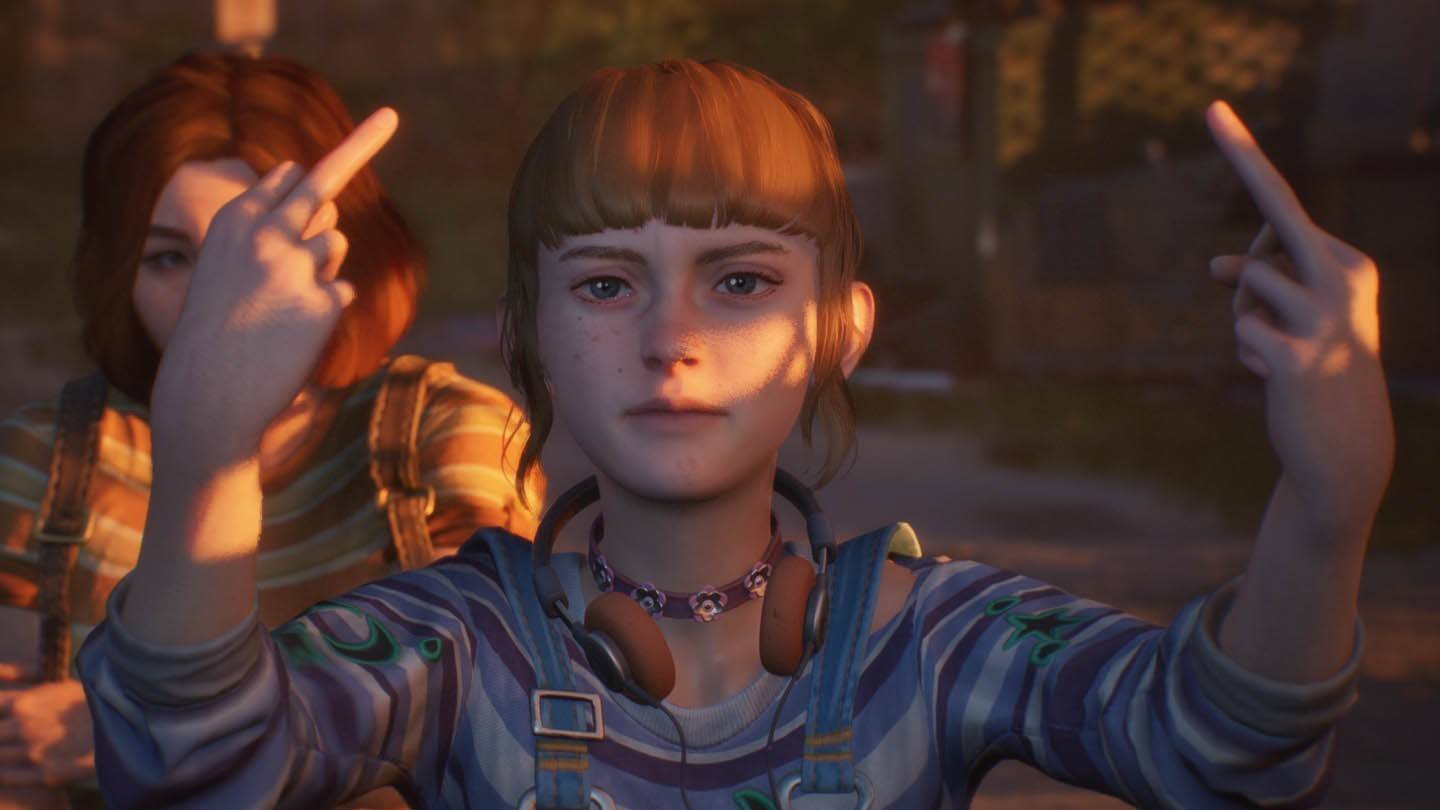
Velvet Bay is a captivating American town, cozy by day and chilling by night. Its exploration unveils a blend of intrigue and mystery, enriching the overall experience.
Slow-Paced Plot: The Defining Feature of the Story
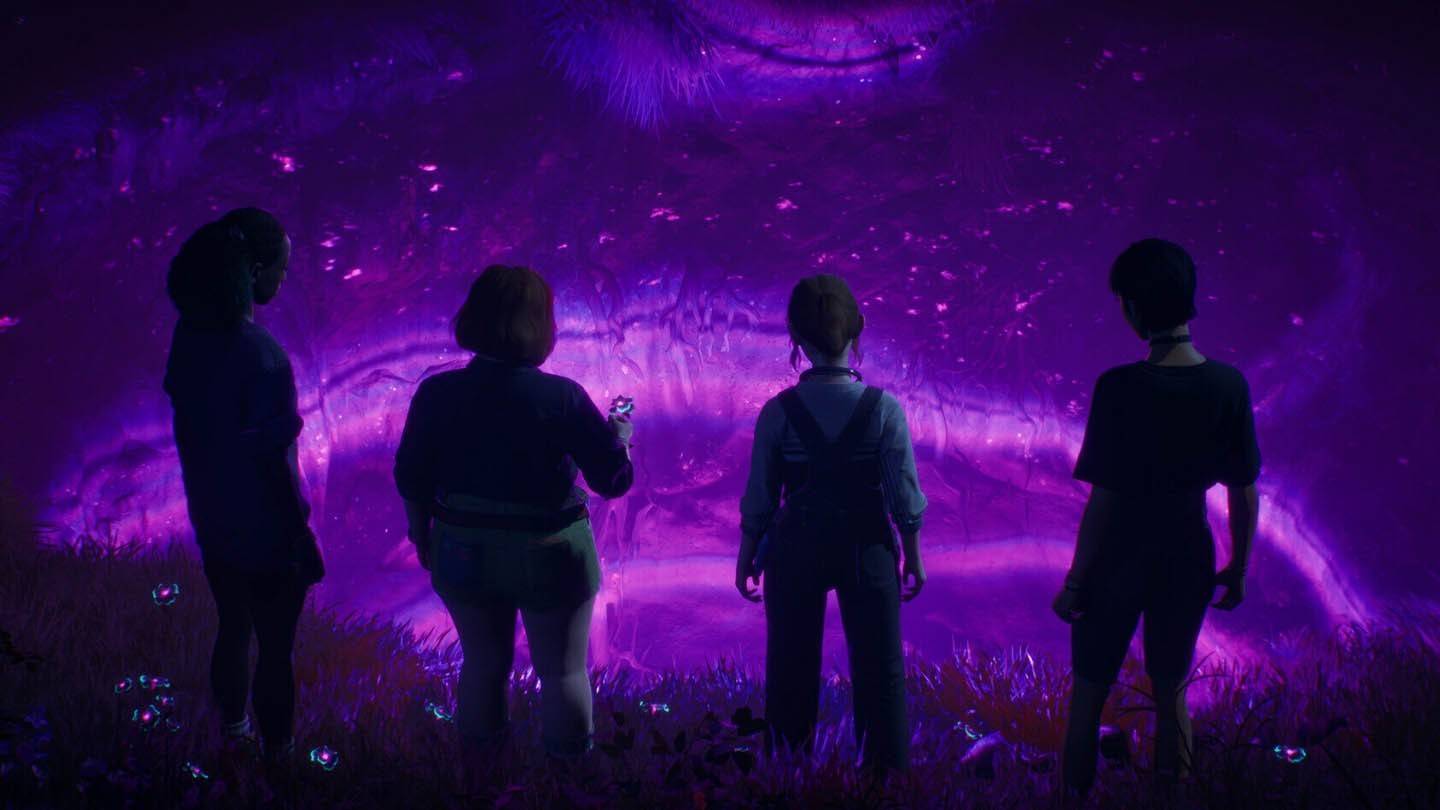
The deliberate pacing, unlike the quicker transition to mystery in Life is Strange, allows for character development and immersion in the 90s setting. While this might not appeal to all players, it contributes to the overall narrative strength. The tension builds gradually, culminating in a powerful cliffhanger at the end of the first episode, leaving players eager for the sequel.
Lost Records: Bloom & Rage successfully captures the spirit of the 90s, offering relatable characters, engaging interactions, and a compelling narrative foundation. Its ultimate success will be determined by the upcoming second installment, but the first episode promises a captivating and nostalgic experience.

